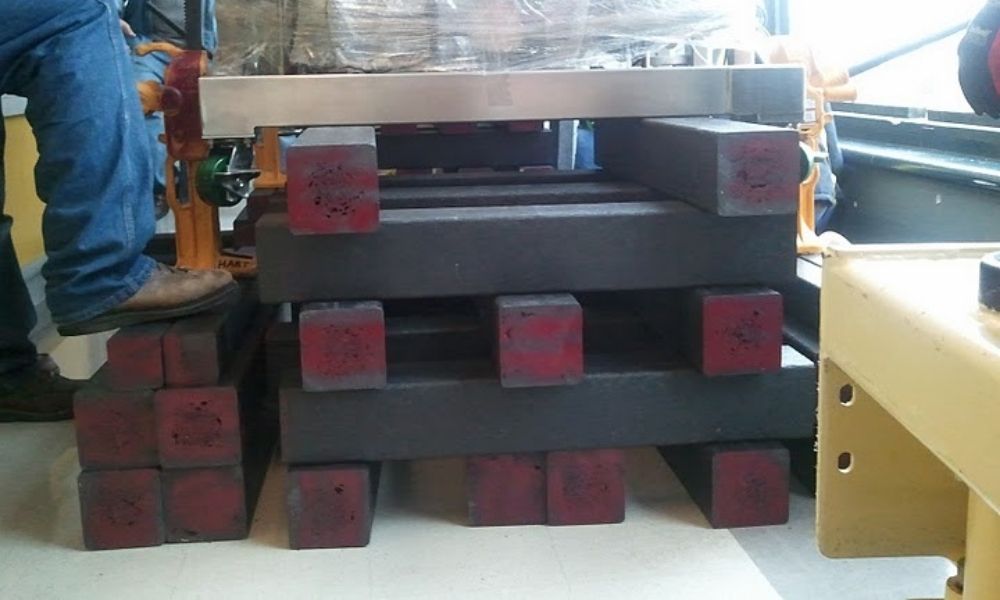3 Ways Plastic Cribbing Can Increase Efficiency and Output

Humans have found creative ways to support and move things much larger than ourselves since the dawn of time. It’s how ancient civilizations built massive, elaborate structures without modern technological advances. But even with modern advances, manufacturers are sometimes best served with older, simpler solutions, like cribbing. To maximize the benefits of this older design, making cribbing out of plastic increases efficiency and output for a variety of industrial practices.
Overloading Plastic Cribbing
Few things can set back a construction or manufacturing operation like broken equipment. And one potential cause of broken equipment comes from cribbing breaking due to overloading. When one uses traditional wooden box cribs, those working have to use their best guess when determining if the crib is overloaded and whether the timbers may break without warning.
Plastic cribbing is designed with a safe failure mode. If operators place too heavy of weight on plastic cribbing, the sides bulge, warning operators that the equipment is overloaded. This allows those working in the area to adjust to avoid costly accidents.
Increased Durability
Generally, people consider wood to be the more durable option when compared to plastic. However, this fails to recognize how environmental factors affect wood. Wood is likely to be affected by rot or burrowing insects like termites. This can lead to the cribbing breaking down and needing to be replaced, which takes away from a business’s overall efficiency.
Plastic doesn’t attract termites that can potentially compromise a job site, and they are largely impervious to the elements. This ensures a long-lasting system that will carry you through your entire task without fail.
Low Maintenance
As mentioned, wood is prone to be damaged by the surrounding environment. Because of that, those using it often are compelled to perform a variety of maintenance tasks to avoid rot or insect damage, such as treating the wood with chemical sealant. This can be time-consuming for companies, especially if they need to reapply the sealant later.
On the other hand, plastic requires no additional treatment to be weatherproof, saving companies an extra step. Additionally, the waterproof nature of plastic makes it quick and easy to clean and does not stain.
There are many ways that plastic cribbing can increase efficiency and output in your facility or worksite. Check out Tangent Material’s plastic cribbing today to see how it can transform your workplace.












